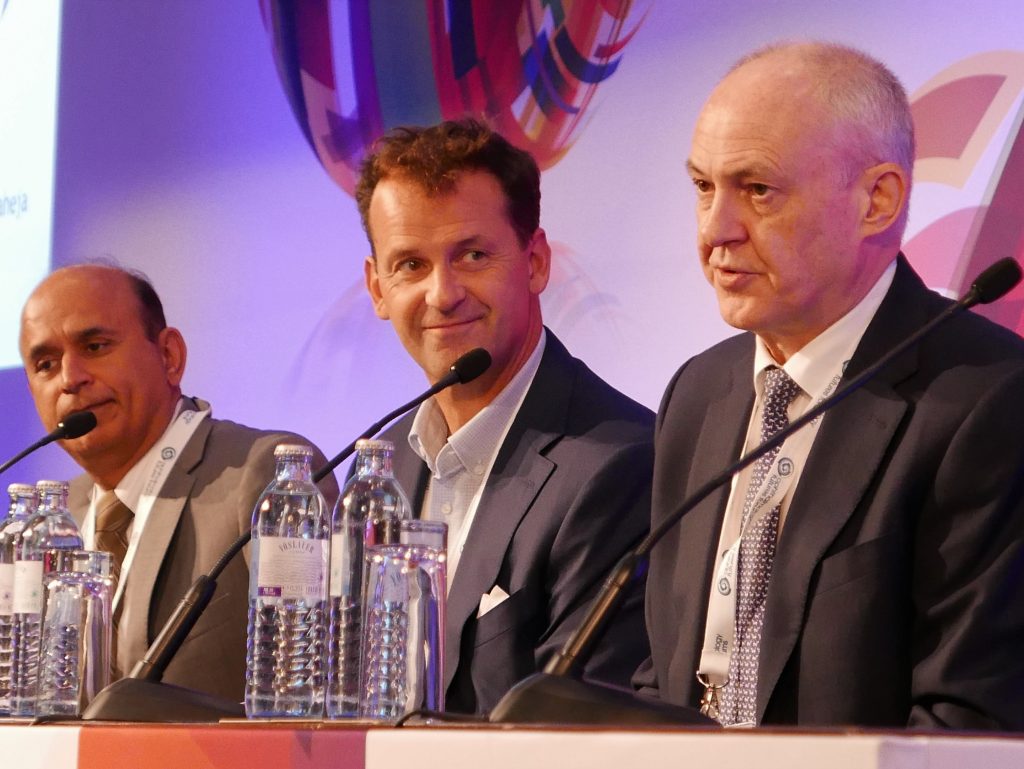
MK Raheja PhD, Jan Willem de Cler and Julian Stevens MRCP, FRCS, FRCOphth, speaking at the Ophthalmology Futures Forum in Vienna

 MK Raheja PhD, Jan Willem de Cler and Julian Stevens MRCP, FRCS, FRCOphth, speaking at the Ophthalmology Futures Forum in Vienna
MK Raheja PhD, Jan Willem de Cler and Julian Stevens MRCP, FRCS, FRCOphth, speaking at the Ophthalmology Futures Forum in Vienna